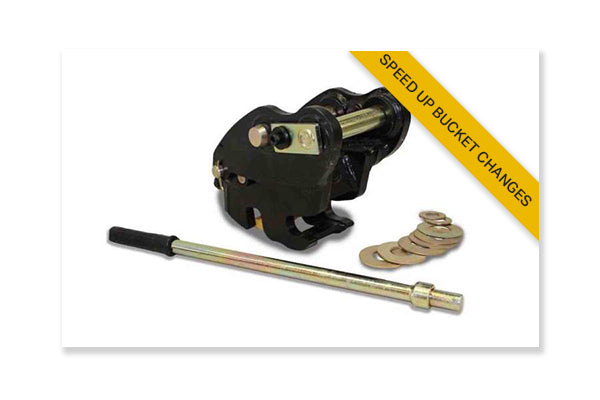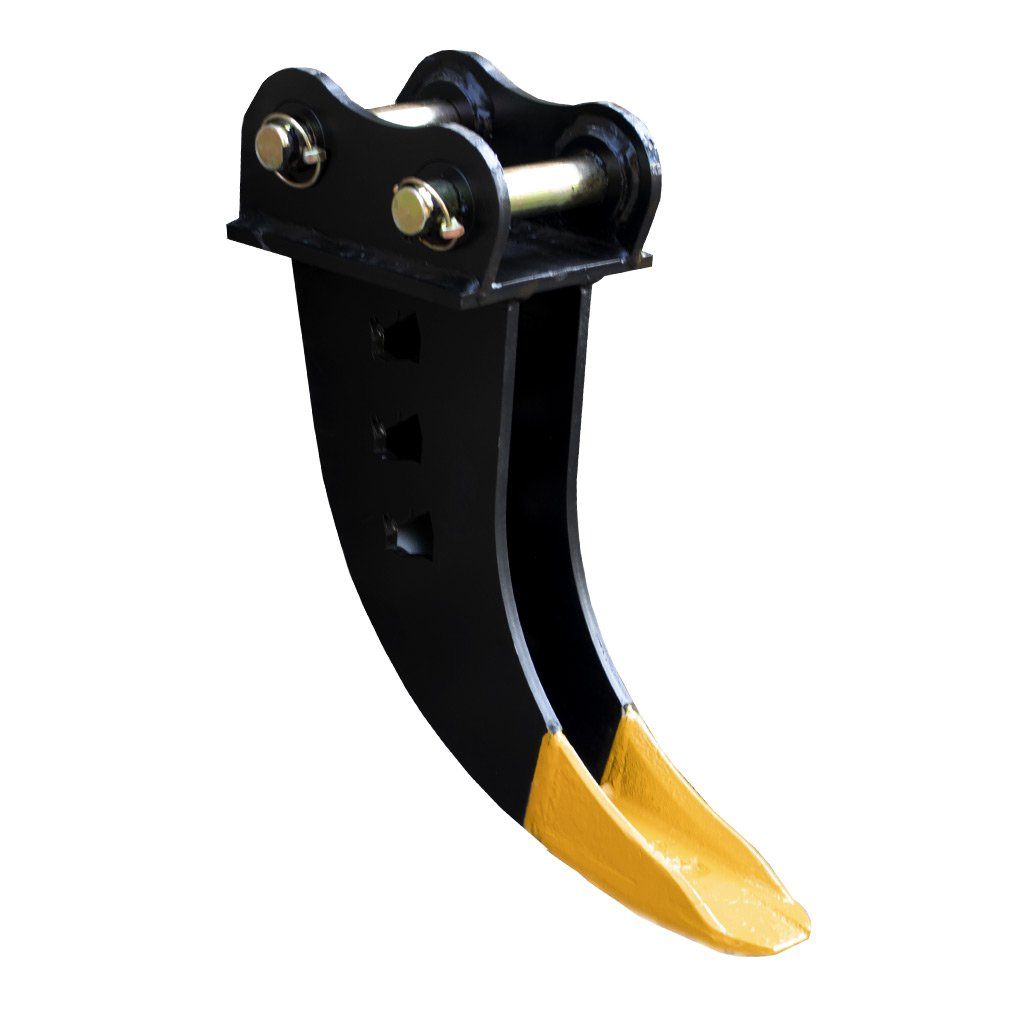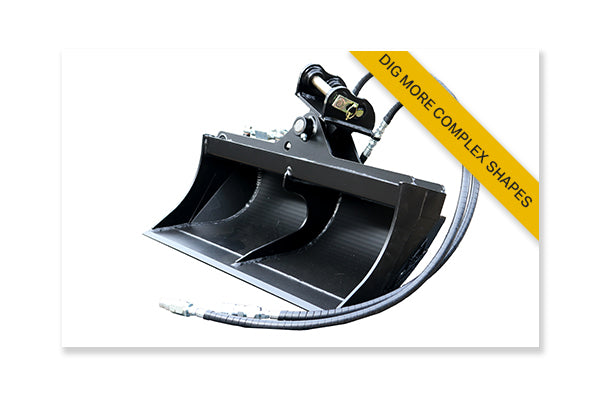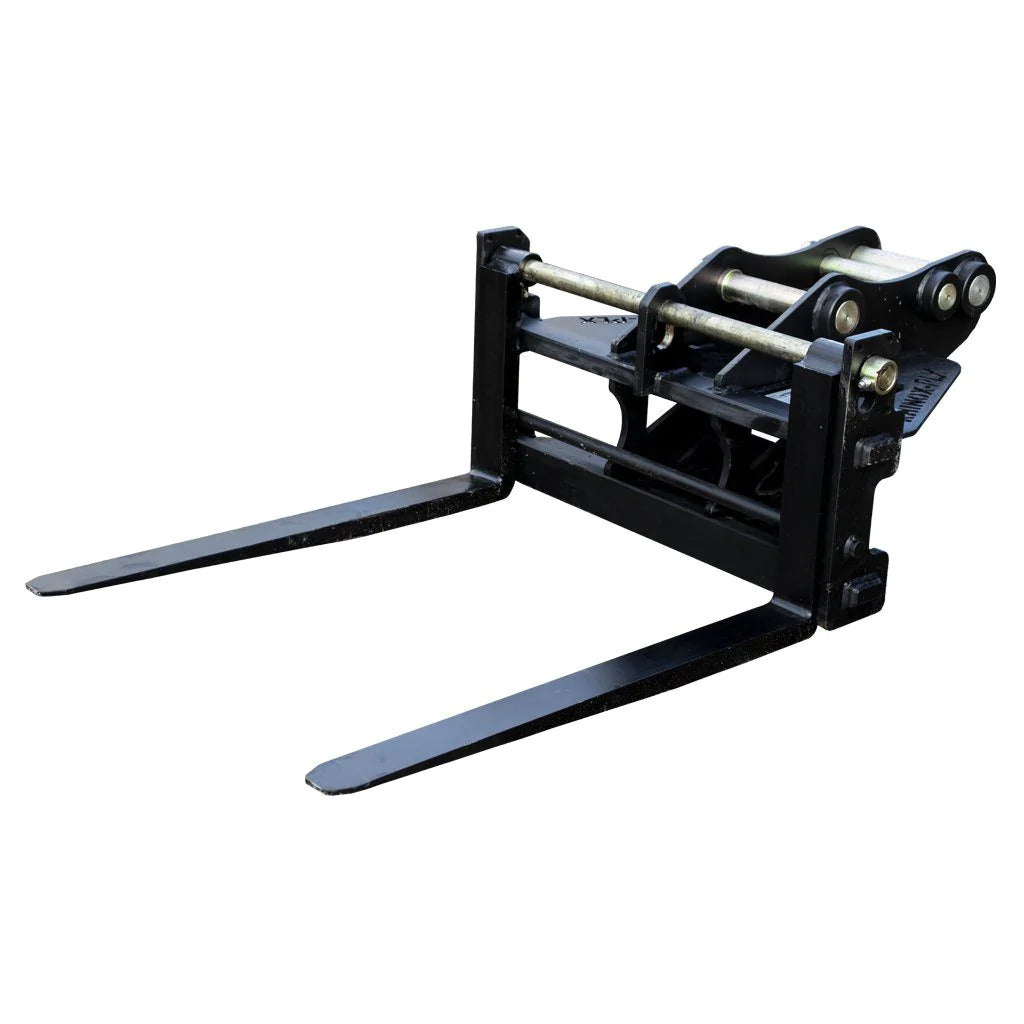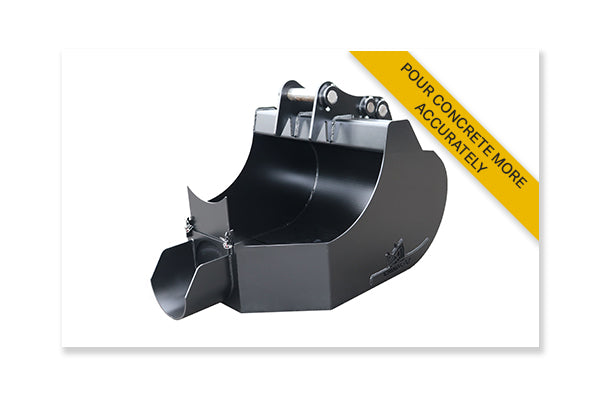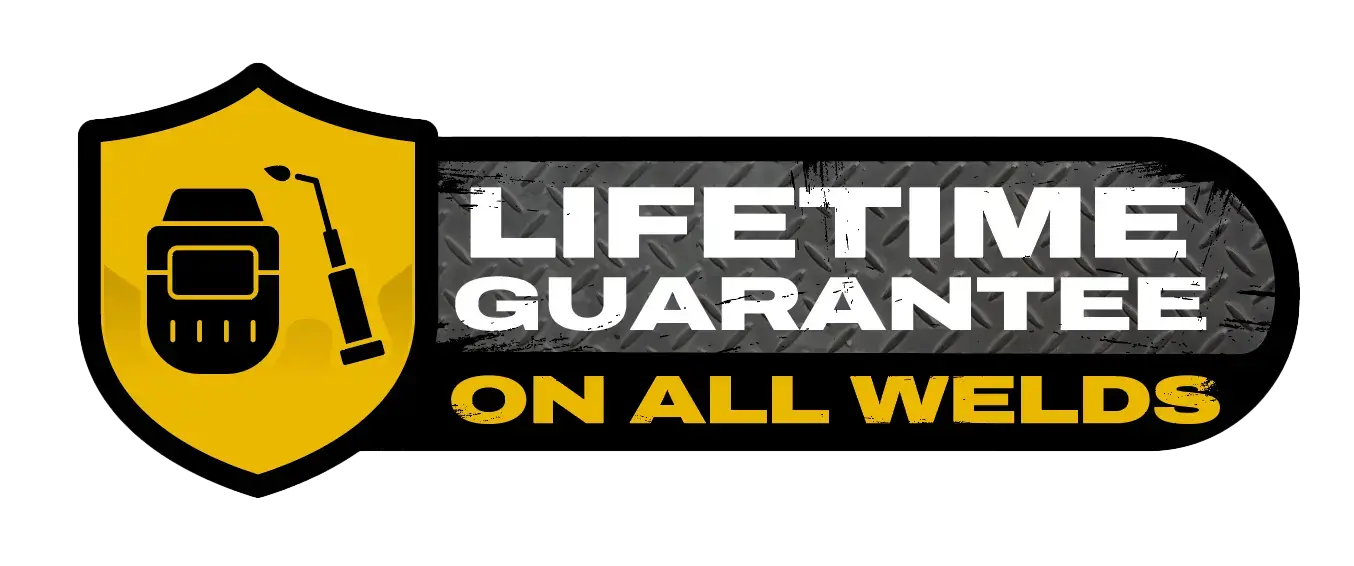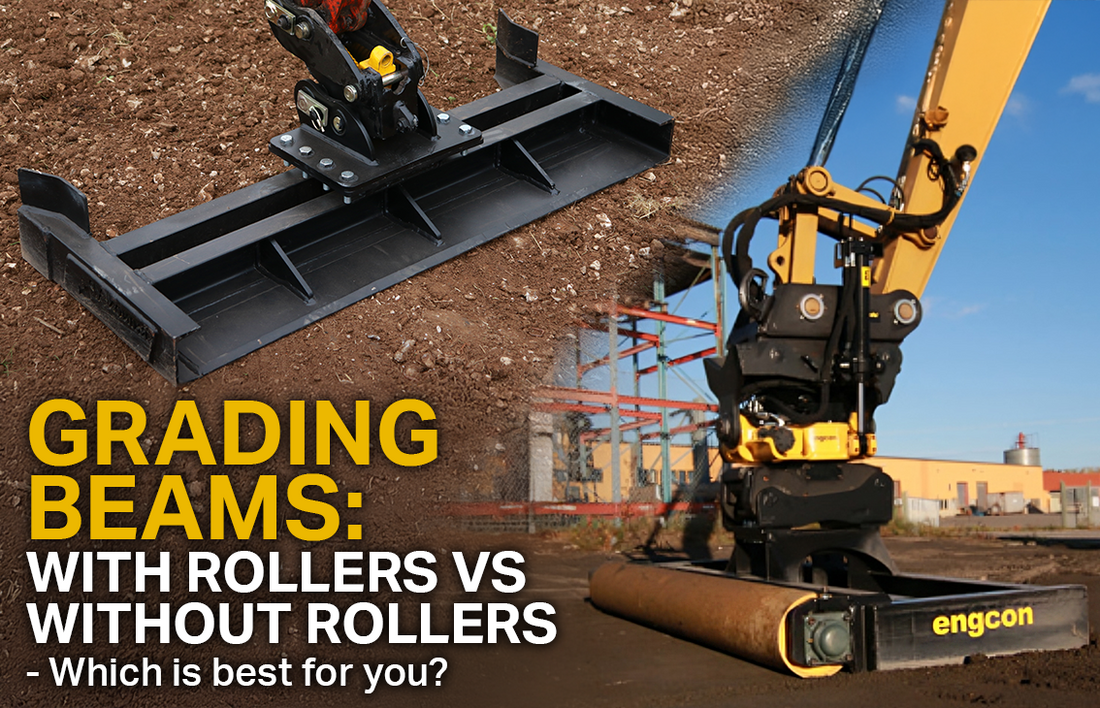
Grading Beam - Roller VS No Roller
If you're considering adding a grading beam to your excavator attachments but are unsure whether one with or without a roller is best for your needs, you've come to the right place. Here, we’ll break down the key differences between the two types of grading beams - from weight and compaction to maintenance and cost. Read on to find out which option is the best fit for your project needs and budget!

Weight: Lightweight VS Heavy-Duty
The first notable difference between grading beams with and without rollers is the weight. Both types of excavator grading beams generally feature similar steel frame cross-sections and guiding fins, so the base structures are quite comparable. However, adding a roller significantly increases the attachment's weight - typically by 80 to 100 kg, this is due to the weight of the roller itself and the additional weight of how it's mounted to the main grading beam frame.
The lighter weight of a grading beam without a roller allows it to be used on a wider range of excavators, including the smaller, 0.75 ton micro diggers. The compact profile of a grading beam without a roller also makes it easier to manoeuvre in tight spaces or work around obstacles on the job. If you’re prioritising flexibility or working with smaller equipment, the lighter, roller-free option may be ideal. On the other hand, the grading beam with the roller component, is designed to created added compaction, meaning grading beams with rollers can be better suited for heavier-duty applications.

Compaction: Maximising Surface Stability
When it comes to compaction, the grading beam with a roller takes the lead. The roller provides an extra layer of compaction, especially useful for projects like driveways or sidewalks that require a stable surface. By working in tandem with the blade, the roller presses down on the graded material, resulting in a more compressed, smooth finish. However, grading beams without rollers still offer considerable compaction. Operators can achieve similar results by applying downward pressure on the attachment during use, so while the roller does enhance compaction, the difference is not huge if the operator is skilled in handling the grading beam effectively.

Maintenance: Simplicity VS Complexity
Maintenance is another key factor that sets these two types of grading beams apart. The roller adds an extra level of complexity, with moving parts that need to be regularly maintained to ensure smooth rotation. This additional upkeep means more potential for wear and tear and the occasional need for part replacements. In contrast, grading beams without rollers have no moving parts, making them a simpler and more durable option over time. The roller-free design translates to less maintenance, fewer repair costs and reduced downtime - an appealing choice for those prioritising reliability, longevity and performance.
Price: Budget Considerations
Due to the additional material and mechanical complexity of rollers, grading beams with rollers generally come with a higher price tag. The simpler design of a roller-free grading beam means it’s more affordable, often costing about half the price of its roller-equipped counterpart. If you're on a budget, opting for a grading beam without a roller can free up funds for other excavator requirements, all while still delivering reliable grading performance.
Which Grading Beam Is Best for You?
Whether you choose a grading beam with or without a roller, each option has its strengths. By weighing the pros and cons, you can make an informed decision that best meets your project's needs and budget constraints. In summary, here’s how to decide between a grading beam with or without a roller:
- Choose a grading beam with a roller if you have the budget and want the added convenience of combining grading and compacting in a single pass. This is particularly valuable for projects where surface stability is essential, and the time saved by combining tasks justifies the investment.
- Choose a grading beam without a roller if cost savings, easy manoeuvrability and minimal downtime are your top priorities. Its lighter weight and simpler maintenance make it an excellent choice for smaller projects or when flexibility is a must.
Why Choose a Grading Beam from Rhinox?

If you've decided a grading beam without a roller aligns best with your needs, Rhinox has you covered! Through rigorous testing and industry expertise, Rhinox has opted to manufacture only grading beams without rollers, and here’s why: we’ve found that the marginal difference in compaction between roller and non-roller beams doesn’t justify the additional production costs. By focusing on high-quality, roller-free grading beams, we’re able to provide a cost-effective solution without sacrificing performance. Our grading beams are designed to fit a wide range of mini excavators, available for 0.75 ton to 4 ton mini diggers, and compatible with popular mounting options like the Harford safelock and Martin hitch system. With Rhinox, you get precision-engineered grading beams built for durability and performance across all types of terrains.

To make your purchase even easier, Rhinox offers next business day delivery on all in-stock products. You can order directly online for quick processing, or if you prefer, get in touch with our team members to place your order and discuss any questions you might have. When you choose Rhinox, you’re investing in quality, value and reliable support for every job site.
Learn more with Rhinox:
 |
 |
 |
Blog post thumbnail image credit to Engcon.

